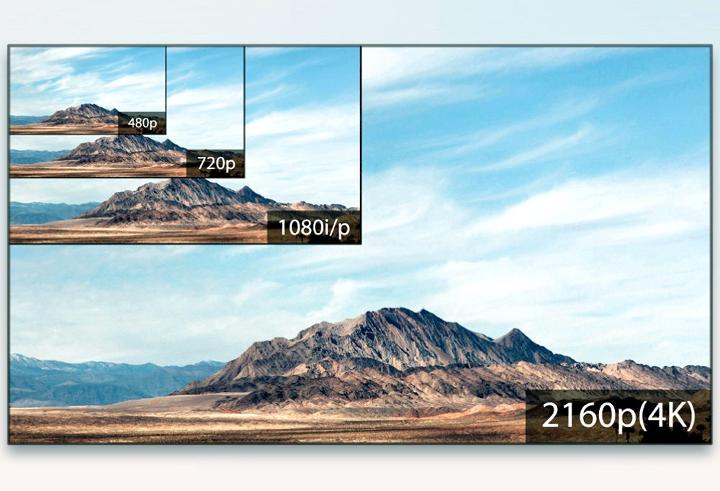In the ever-evolving landscape of digital video, understanding video resolutions and frame rates is crucial for creating content that meets the demands of modern audiences. With a plethora of options at our disposal, it's essential to grasp the impact that these choices have on both actual and subjective quality, as well as the time and computing power required to work with higher resolutions and frame rates. In this blog post, we'll dive into the most commonly used video resolutions and frame rates, and explore how they affect the viewing experience and the practical aspects of video production.
Video Resolutions: Defining the Visual Landscape
Video resolution refers to the number of pixels that make up an image or video frame. The higher the resolution, the more detailed and sharp the image will appear. Some of the most commonly used video resolutions today include:
Standard Definition (SD) - 720x480 (NTSC) or 720x576 (PAL)
High Definition (HD) - 1280x720 (720p)
Full High Definition (FHD) - 1920x1080 (1080p)
4K Ultra High Definition (4K UHD) - 3840x2160
8K Ultra High Definition (8K UHD) - 7680x4320

Higher resolutions, such as 4K and 8K, offer significantly more detail and clarity compared to SD or HD content. However, there are a few factors to consider when choosing the appropriate resolution for your project:
Viewing Distance: The benefits of higher resolutions become more apparent as the viewer sits closer to the screen. For instance, the difference between 1080p and 4K may not be noticeable on a small TV from a typical viewing distance.
Screen Size and Pixel Density: Larger screens and higher pixel densities (pixels per inch) make it easier to appreciate the additional detail provided by higher resolutions.
Bandwidth and Storage: Higher resolutions result in larger file sizes and increased demands on bandwidth for streaming. It's essential to strike a balance between resolution and the practical limitations of storage and delivery.
Time and Computing Power: Working with higher resolutions requires more powerful hardware and longer processing times for tasks like rendering, editing, and encoding. These factors should be considered when deciding on the appropriate resolution for a project, as they can affect overall productivity and efficiency. This is why most shops (like ours) will charge more to work in 4k or 8k - they simply take longer.
Frame Rates: Capturing Motion and Enhancing the Experience
Frame rate, measured in frames per second (fps), is the number of individual images (frames) displayed in a video every second. Common frame rates include 24 fps, 25 fps, 30 fps, 50 fps, and 60 fps. The choice of frame rate can have a significant impact on both the actual and subjective quality of a video:
24 fps: The traditional frame rate for film, 24 fps is often associated with a more "cinematic" look. However, fast motion or camera movement can appear less smooth at this frame rate.
25 fps (PAL) and 30 fps (NTSC): Standard frame rates for television and online video, these offer slightly smoother motion than 24 fps but may still exhibit some motion blur or judder during fast action scenes.
50 fps (PAL) and 60 fps (NTSC): Commonly used for sports broadcasts and video games, these higher frame rates deliver smoother motion and reduced motion blur, providing a more lifelike and immersive viewing experience.
Selecting the right frame rate depends on the desired look and feel of your content, as well as the intended viewing platform. For instance, a narrative film might benefit from the cinematic look of 24 fps, while a sports event or video game content would benefit from the smooth motion of 50 or 60 fps.
Understanding the impact of video resolutions and frame rates on both actual and subjective quality is essential for creating content that meets the expectations of today's viewers. By considering factors such as viewing distance, screen size, pixel density, and the time and computing power required to work with higher resolutions and frame rates, you can make informed decisions that best suit your needs and ensure a smooth playback experience across a range of devices and platforms.